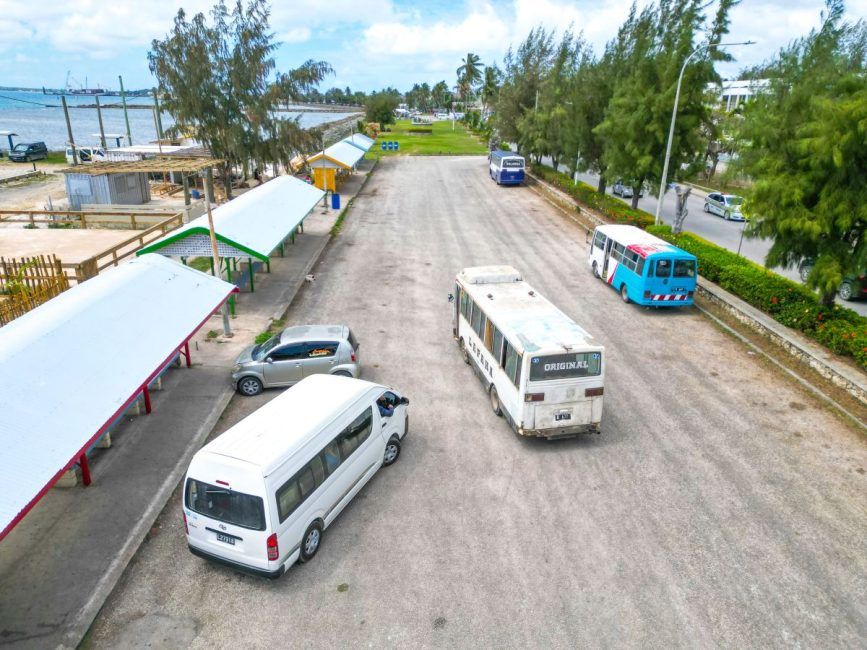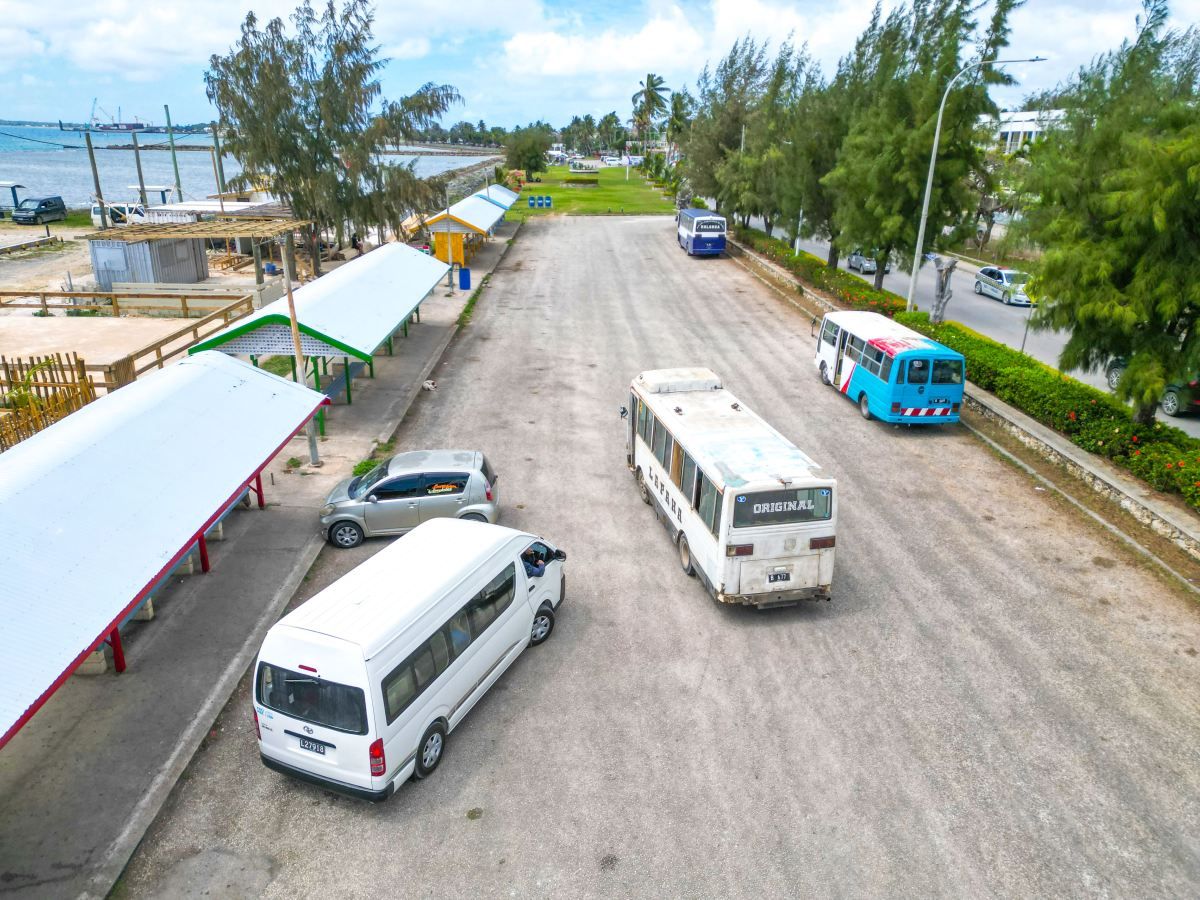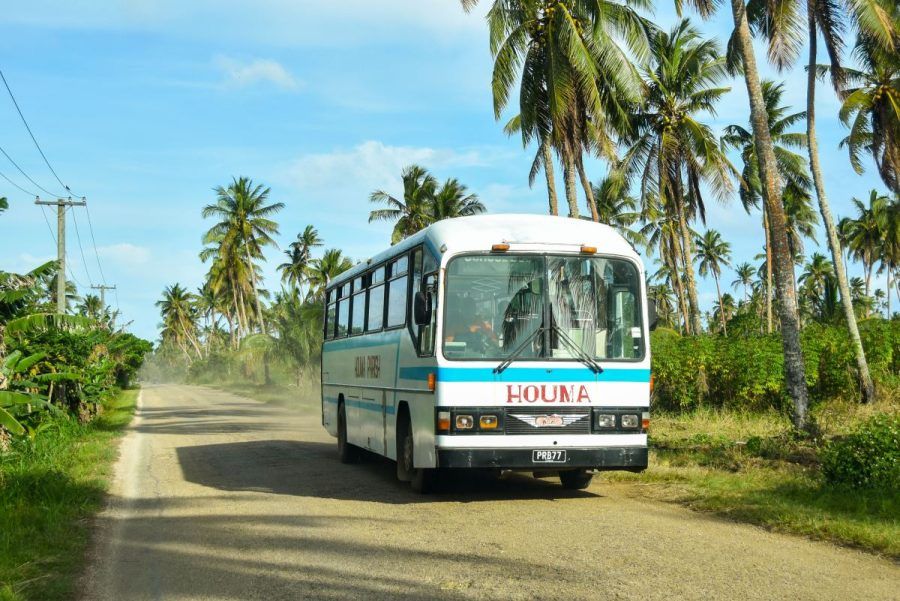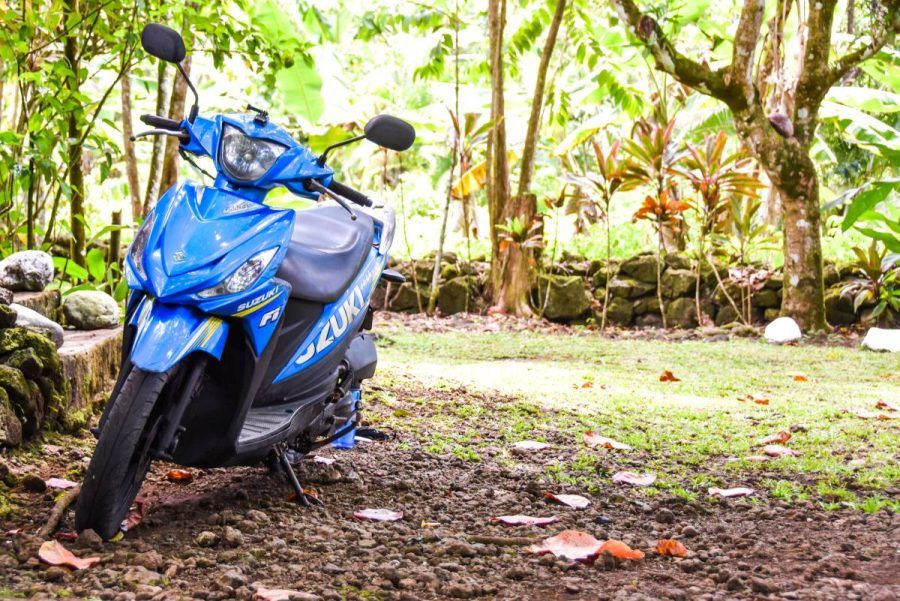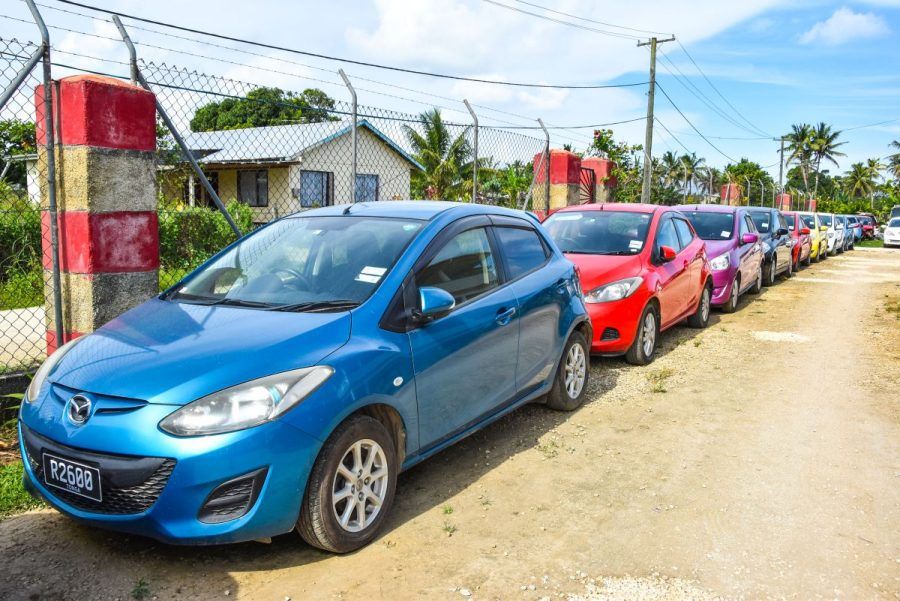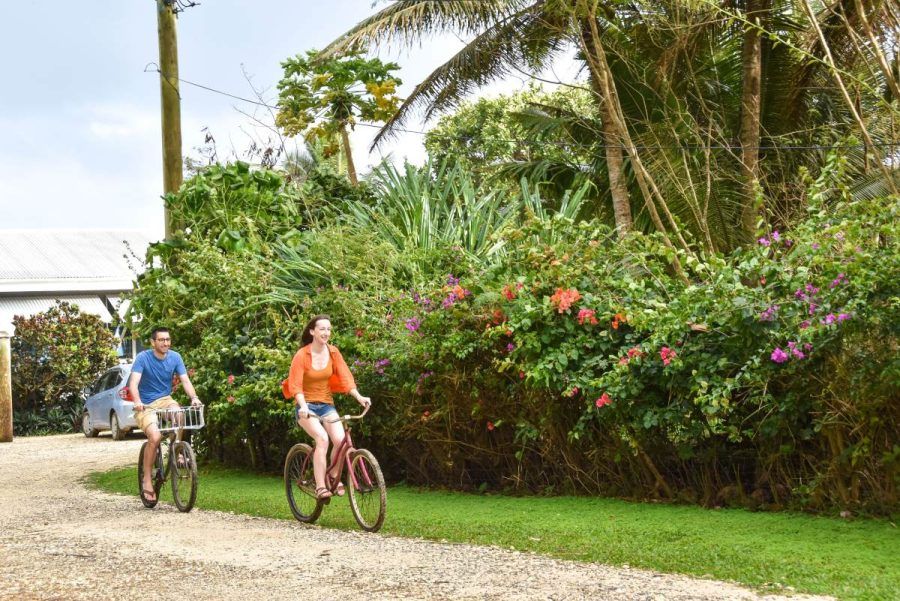What You Need to Know About Travelling Tonga by Bus
Taking the bus in the South Pacific is renowned for being a cultural experience, which is no different in Tonga! Buses casually make their way around the island of Tongatapu, sometimes blaring loud music with faulty doors that often don’t close and buzzing crowds of locals, especially if part of the school run. What’s more, getting around Tonga on a local bus is incredibly cheap, where you’ll go from A to B paying a few senitis or a couple of pa’anga to get around. But with very limited schedules and a few other quirks, there are a few things you need to know about the buses in Tonga before using them to get around. Plus, just so you know how to use the buses, we’ve put together this list of tips for taking the bus in Tonga!
Table of Contents
1. Buses are Only Available on Tongatapu
Local buses can only be found on the island of Tongatapu. Although you may see buses in Vava’u, they are used privately and for the school run only. But even on Tongatapu, buses are becoming less and less reliable…
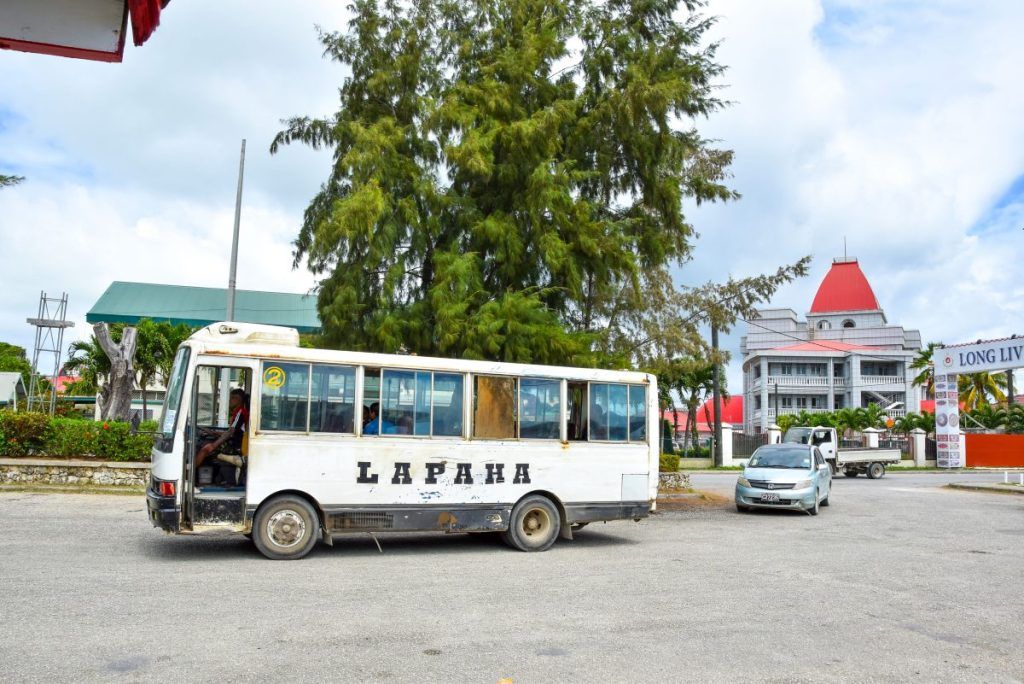 © TongaPocketGuide.com
© TongaPocketGuide.com2. Use the Bus for the Experience (and Price); But Not as a Timely and Efficient Transport Service
Most travellers to Tonga have limited time to enjoy the country, and buses rarely fit into that equation. With bus schedules being reduced over the years, buses now tend to only run three times a day, having you wait around three hours until the next bus arrives. Needless to say, buses are not the most efficient way to go destination-hopping but may be suitable for a day or overnight trip to one destination.
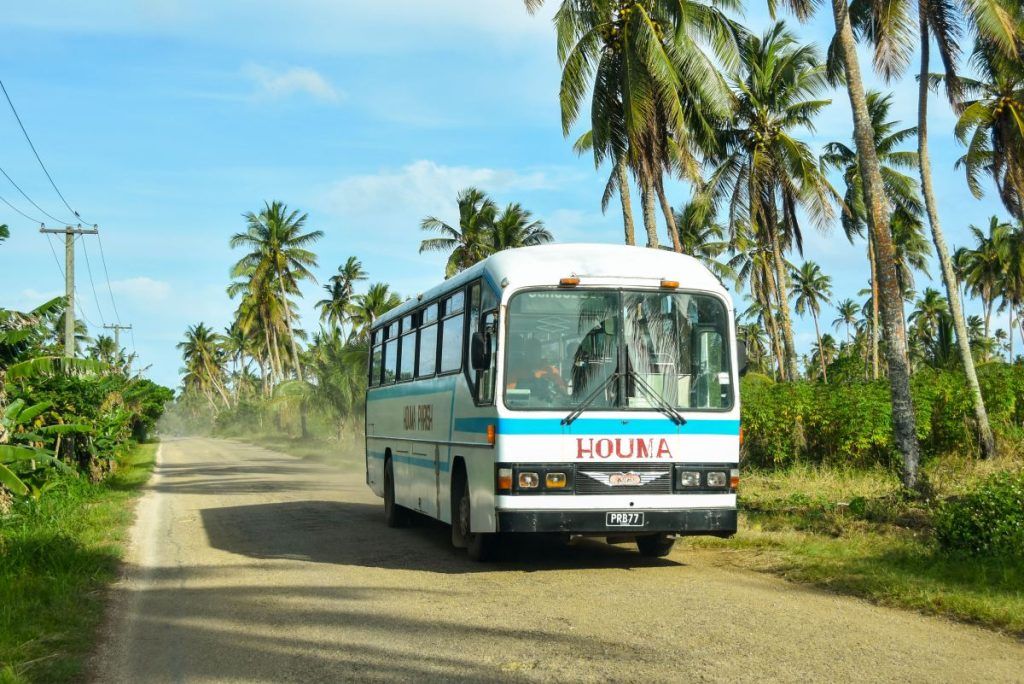 © TongaPocketGuide.com
© TongaPocketGuide.com3. Know Where to Find Bus Stops
Bus stations are easy to find along the waterfront of Nuku’alofa next to Vuna Wharf. They are well sign-posted with “Bus Station East West” and “Bus Station Central”. Otherwise, bus stops in urban areas can be identified with signs saying “Pasi” or “Bus Stop”. In villages, you’ll need to hail the bus driver from the village’s main road.
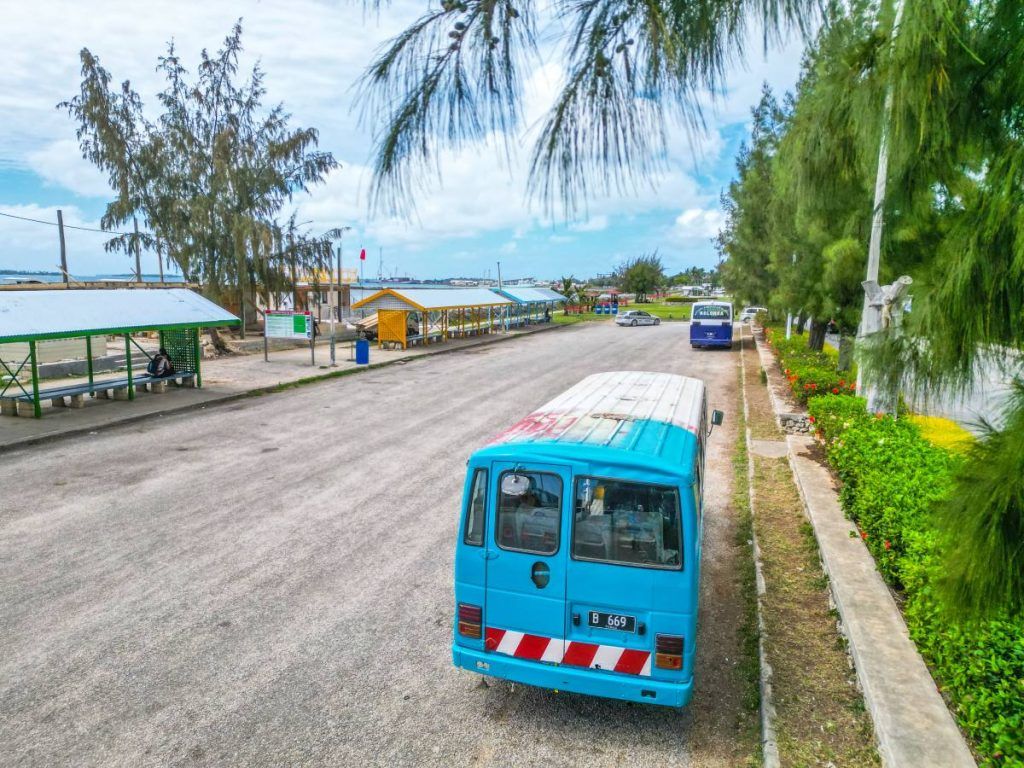 © TongaPocketGuide.com
© TongaPocketGuide.com4. Learn How to Identify the Buses
Buses on Tongatapu have destinations written in capital letters on the front of the bus to identify the name of the village or district it is travelling to. Buses that travel around the eastern side of Tongatapu say “HAHAKE” or “LAPAHA” on the front, on the western side say “HIHIFO” or “HOUMA” on the front and around Nuku’alofa say “VAIOLA” on the front.
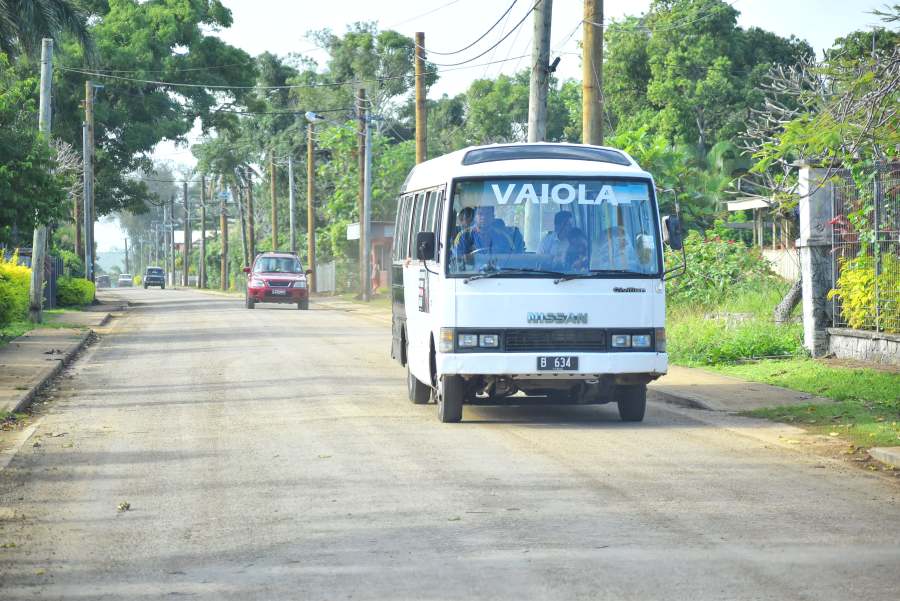 (c) tongapocketguide.com
(c) tongapocketguide.com5. Buses Don’t Have a Schedule But Have Operating Hours
Buses start moving from Nuku’alofa at 7 am and stop around 5 pm from Monday to Friday. They will stop operating earlier in the day on a Saturday. Buses from villages outside of Nuku’alofa tend to start making their final journey back to town by 3 pm (the end of the school day), so don’t leave getting back to town any later than then! Buses do not operate on a Sunday.
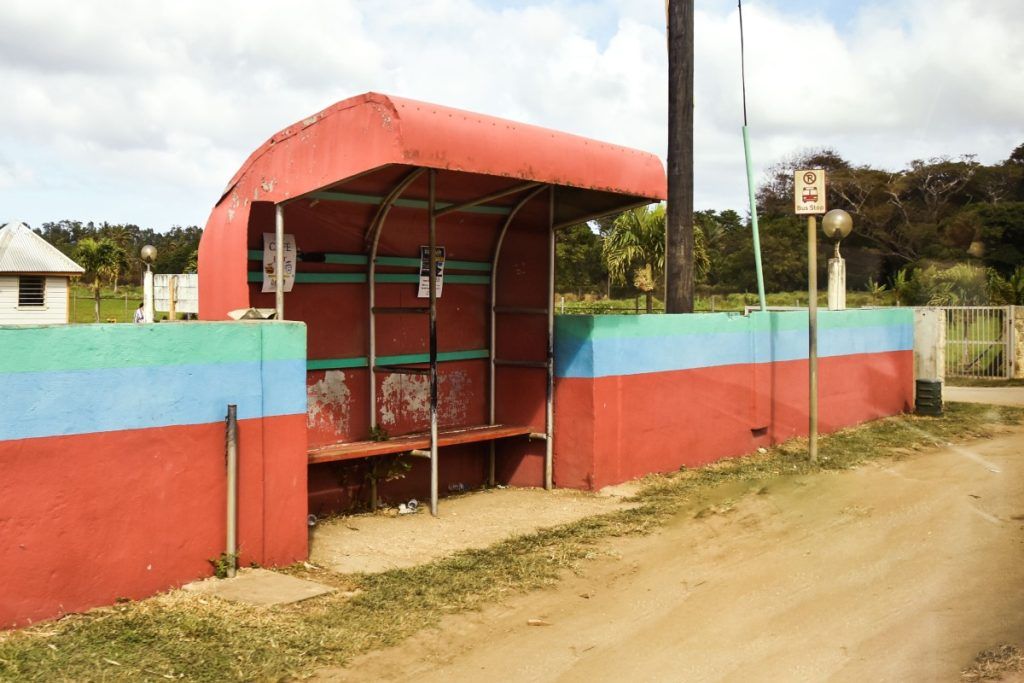 © TongaPocketGuide.com
© TongaPocketGuide.com6. Ask the Driver the Return Time
You won’t find bus timetables in Tonga. Buses don’t have schedules. Even the school bus runs can change if schools close early. So your best option is to sit and wait for the bus, which can be up to three hours. When you get on the bus, ask the driver when the bus returns from your destination, as buses run the same routes throughout the day.
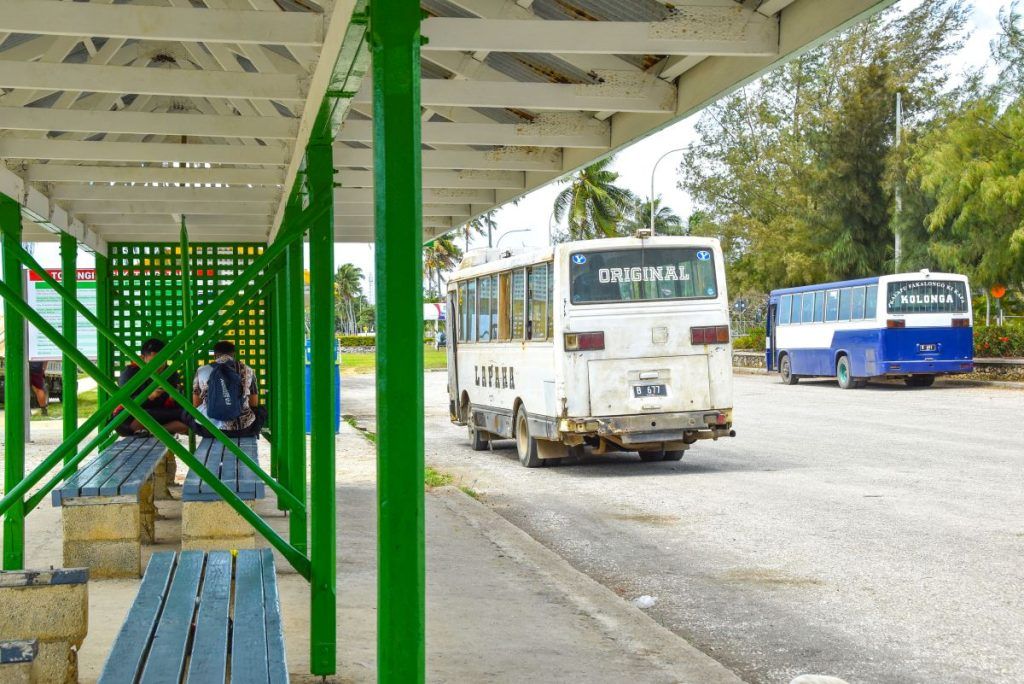 © TongaPocketGuide.com
© TongaPocketGuide.com7. Let the Driver Know Your Destination
The first reason to let the driver know your destination is so the driver can inform you of the bus fare (more on that in the point below). The second reason is so the driver can advise you when your stop is coming up. If you know where you’re going, call out to the bus driver “Tu’u atu heno!”, which means “Stop there!”
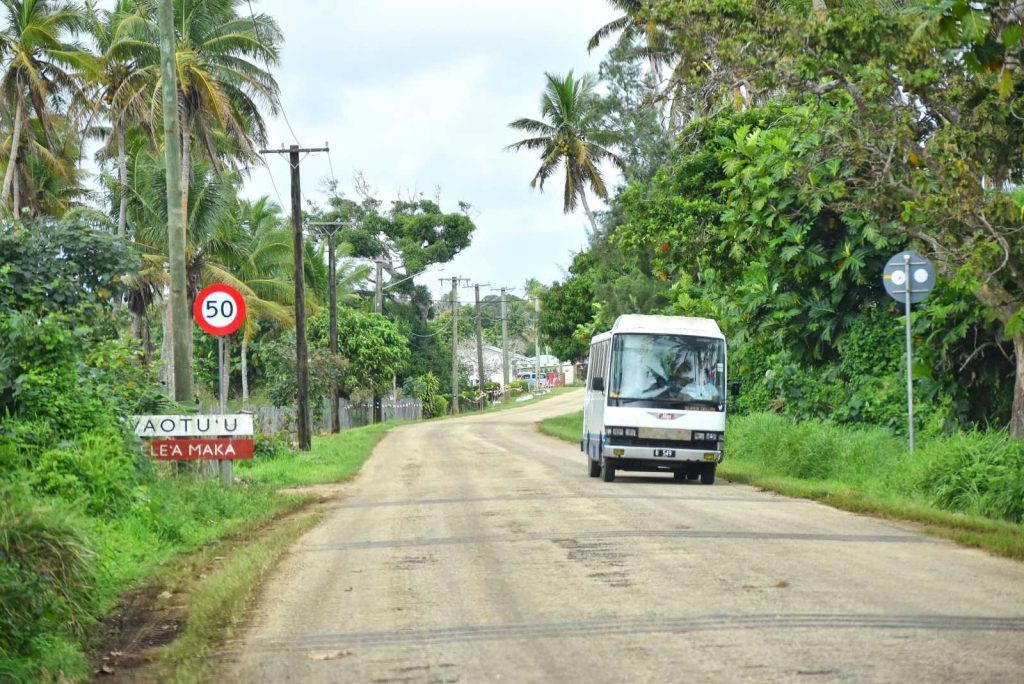 © TongaPocketGuide.com
© TongaPocketGuide.com8. Pay with Cash
You pay for your bus fare to the driver when you get off the bus. Pay with small notes and coins, as bus fares are usually no more than TOP$3.50 and the bus driver might not have change for large notes. Learn about the typical fares in The Bus in Tonga: Bus Fares, Routes & More.
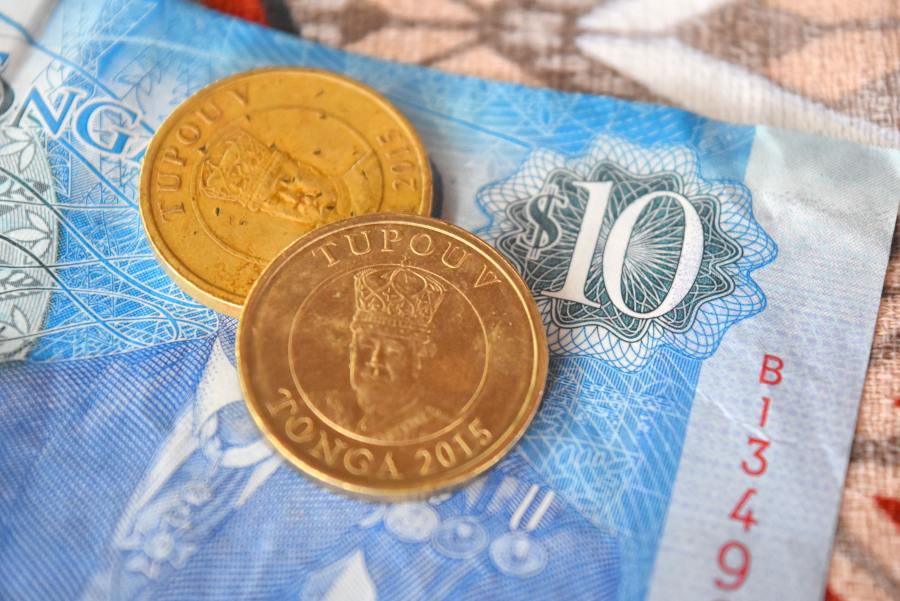 (c) tongapocketguide.com
(c) tongapocketguide.com9. Find Alternative Transport for the Airport
No, there are no bus services for the airport. Alternatively, airport shuttles are available through tour companies and accommodations. Airport transfers can be arranged through most accommodations that offer their own transfer services. Alternatively, taxis meet incoming flights in Tongatapu or can be booked in Vava’u to provide another way of getting to your accommodation from the airport. See Tonga Airports: Your Airport Transfer Options for more information.
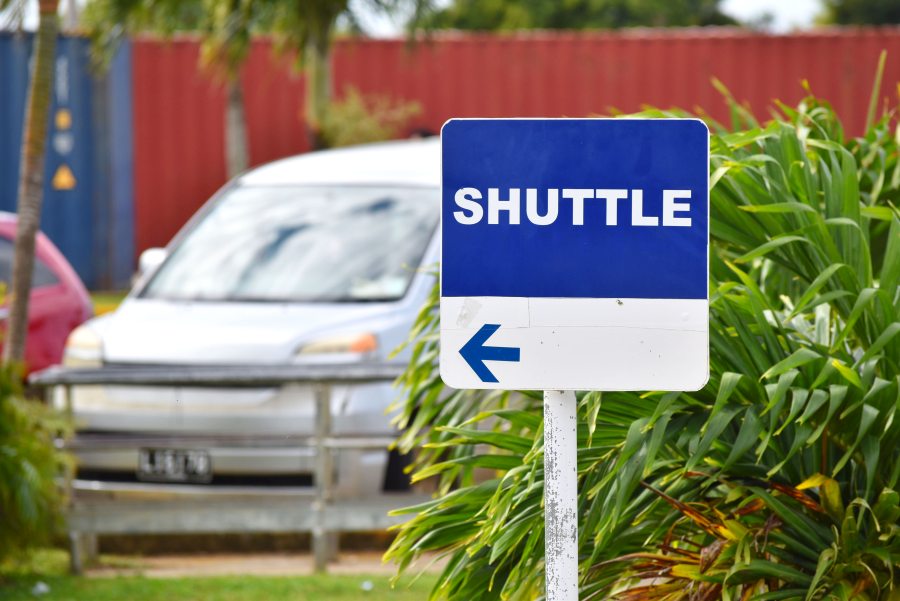 (c) tongapocketguide.com
(c) tongapocketguide.com10. Bus Tours are Available, Kind of…
Bus tours are available on certain islands in Tonga, but not the big coach tours that you might be used to. Guided tours are available in mini-buses, vans and taxi cars on the islands of Tongatapu and Vava’u. On the island of ‘Eua, island tours are often in 4WD due to the less-developed roads. Learn more about “bus tours” in the 10 Best Sightseeing Tours in Tonga.
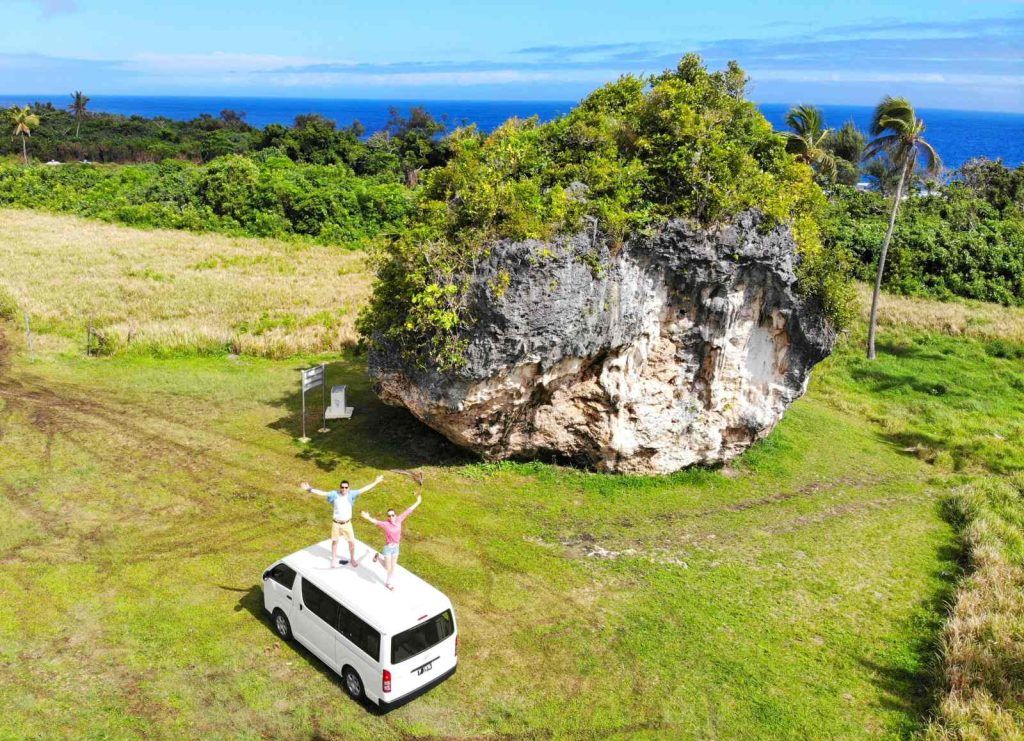 © TongaPocketGuide.com
© TongaPocketGuide.comMore Tips for Taking the Bus in Tonga
That’s it for our tips for taking the bus in Tonga. For more tips on Tonga transport, take a look at the following:
- The Bus in Tonga: Bus Fares, Routes & More
- The Guide to Public Transport in Tonga
- 5 Best Guided Island Land Tours of Tongatapu
Finally, if there’s anything we’ve missed, you’re likely to find it in our Tonga Transport Guide: 10 Ways to Get Around Tonga.
Sources:
The information in this guide has been compiled from our extensive research, travel and experiences across Tonga and the South Pacific, accumulated over more than a decade of numerous visits to each destination. Additional sources for this guide include the following:
- Tonga Tourism Authority (General travel advice - Updated [2025])
- Tonga Ministry of Tourism (FAQs about visiting Tonga - Updated [2025])
- SPTO (Pacific tourism advice - Updated [2025])
- Ministry of Revenue & Customs (Customs and immigration contacts - Updated [2025])
- Ministry of Agriculture & Food, Forests and Fisheries (Biosecurity advice - Updated [2025])
- Ministry of Infrastructure (Land and aviation transport info - Updated [2025])
- Tonga Meteorological Service (Weather forecast and warnings - Updated [2025])
- Tonga Statistics Department (Statistics and travel data - Updated [2025])
- Safe Travel (New Zealand travel advisory for Tonga - Updated [2025])
- Smart Traveller (Australia travel advisory for Tonga - Updated [2025])
- Travel.State.Gov (U.S. travel advisory for Tonga - Updated [2025])
Our editorial standards: At Tonga Pocket Guide, we uphold strict editorial standards to ensure accurate and quality content.

About The Author
Robin (Lopini) C.
This article was reviewed and published by Robin, the co-founder of Tonga Pocket Guide. He has lived, worked and travelled across 16 different countries before settling in the South Pacific, so he knows a thing or two about planning the perfect trip in this corner of the world. Robin works and consults regularly with the Ministry of Tourism of Tonga. Robin is also the co-founder of several other South Pacific travel guides and is a regular host of webinars with the South Pacific Tourism Organisation.
